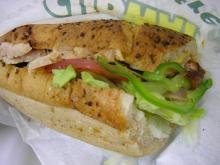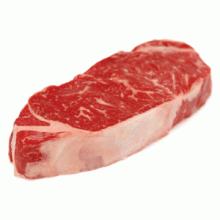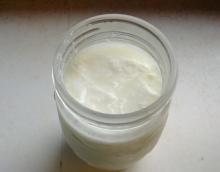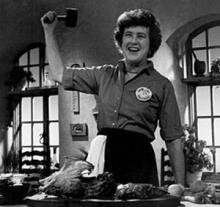What To Eat, by Marion Nestle
On the very top of the cover, it reads: “Absolutely Indispensable.” – Michael Pollan.
So, there’s that.
The author, Marion Nestle, is an award-winning author and educator who lives in New York City’s Greenwich Village and teaches nutrition at New York University. Now that you know the angle the information is coming from, you probably have an idea of what she is going to tell you to eat.
Nestle actually took the time to examine all of the questions that probably dart through your mind when you go to the supermarket. The book even starts with an introduction called “The Supermarket: Prime Real Estate.” In it she talks about why things are located where they are. Supermarkets display up to 40,000 of the 320,000 retail food-related products out there, and there is a reason why things are where they are. Generics are to the right of name brands because of the fact that people (in America) read left to right. The most profitable items are displayed at eye-level. Slower music on the speakers keeps you in the store for longer. And so on; you get the idea.
But that’s just background. She has chapters that spend a good deal of time with the questions about different kinds of meat, fish, dairy and other products, going into the debates around organic and not, the dilemmas shoppers and cooks face between pricing and sizes, and, ultimately, what she thinks is the best way to go. Then she goes into frozen foods, processed foods and beverages. Her writing is almost like a scientist talking to someone at a Saturday afternoon cookout. It’s easy to understand, but you know that she knows way more than you do about everything she’s talking about. Often, she will ask a question that you yourself have had before, and then just answer it. I love that- she is dealing with highly controversial issues, and she isn’t afraid to just give you a straight answer.
That’s the value of this book. Whereas Michael Pollan does a lot of reporting on the different angles and food sources, he doesn’t offer much in the way of specific recommendations. Good research, from a journalist’s angle. Nestle goes the next step and tells you what to eat, and by that I means she tells you what to buy and why that’s her advice.
It’s valuable information, and it will lead you to a healthier, happier time in that kitchen- no matter what you’re cooking.
Photo Credit: WhatToEatBook.com








